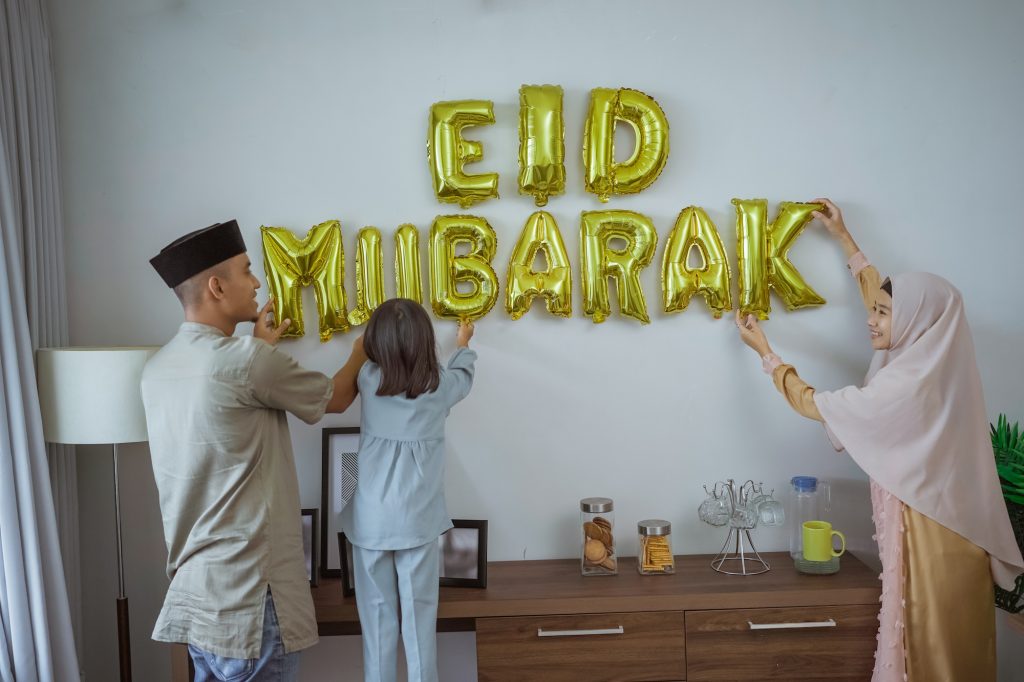718
Islamic traditions tell us what “Eid Mubarak” means. It is a blessing for religious celebrations.
What “Eid Mubarak” means
The greeting “Eid Mubarak” can be translated as “blessed holiday.” Guests are greeted with “Eid Mubarak” to celebrate the breaking of the fast after Ramadan or on Eid al-Adha, the high point of the pilgrimage.
- However, “Eid Mubarak” is more than just a greeting – it connects people on Islamic holidays and beyond. The greeting is mainly used on these two occasions:
- Eid al-Fitr (Sugar Feast): This is the festival of breaking the fast at the end of Ramadan. It lasts three days and represents gratitude, community, and reconciliation.
- Eid al-Adha (Feast of Sacrifice): The Feast of Sacrifice is the most important Islamic holiday, commemorating Abraham’s willingness to sacrifice his son. It takes place about 70 days after Eid al-Fitr and also lasts several days.
- “Eid Mubarak” is not only said on the day of the festival itself, but also in the days before and after as a wish for a blessed festival.
How the greeting “Eid Mubarak” is used
The greeting is used worldwide and varies depending on the region, for example in Turkish as “Bayram Mubarak,” in Arabic as “Eid Sa’id,” or in English as “Happy Eid.”
- Numerous digital greeting cards, emojis, and hashtags such as EidMubarak are shared on social media and messenger services during the festival. Celebrities and politicians also use the greeting to congratulate their Muslim fellow citizens.
- If you are not Muslim and would like to offer your congratulations, you can also say or write “Eid Mubarak.” A short addition such as “I wish you and your family a wonderful holiday” shows interest and respect.
- In Germany and Europe, the greeting contributes to mutual appreciation and is a sign of openness and integration in everyday multicultural life.

